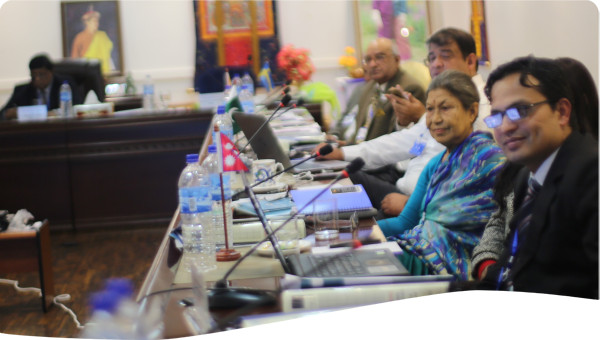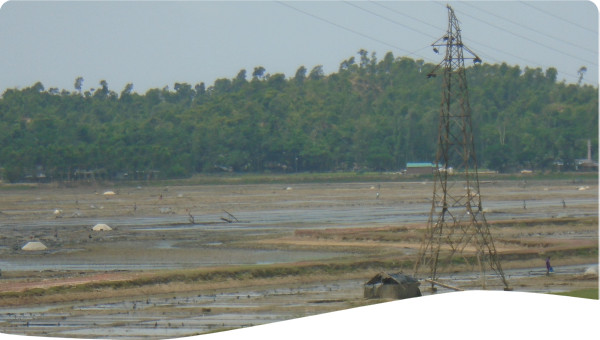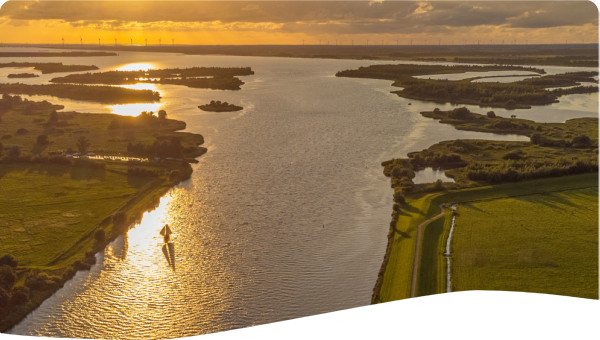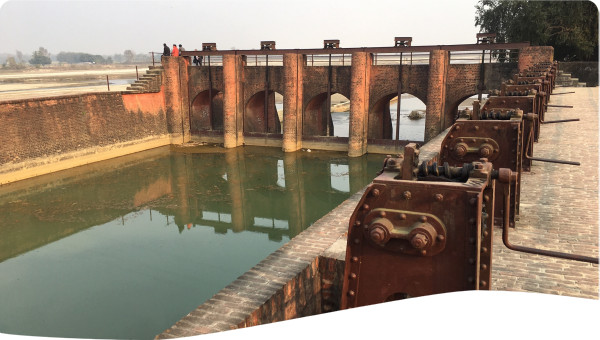The Murray-Darling Basin was subjected to widespread environmental degradation. In response to this problem, the Murray-Darling Basin Commission was established in January 1988 under the Murray-Darling Basin Agreement, focusing on protecting and improving water quality. The key lesson is that the participatory approach used with its Community Advisory Committee has helped the Commission to be successful in winning and maintaining community interest, involvement and support.
The Murray-Darling Basin covers 1,061,469 km2, 14% of Australia’s total area. Widespreaddegradation of the Basin’s natural resources was apparent in the 1980s, with over 50% of the original vegetation cleared. About 80% of land lies in arid and semi-arid regions and most of it had become degraded (widespread soil erosion, river siltation, accelerated recharge of groundwater aquifers and subsequent discharge of saline groundwaters to rivers, dryland salinity, loss of flora and fauna habitat, and invasion of pest plants and animals).
Problems in the basin included:
- Increasing competition for scare water resources
- Resistance to further land clearing controls by State Governments
- Increasing conflict over who should pay for remediation of degraded common resources
- How to best mobilise and target the use of available resources for on-ground action
- How to address poorly specified institutional arrangements for common property resource management.
These problems highlighted the need for Basin-wide policies and programmes under a complex institutional environment which had grown up historically under each State’s jurisdiction regarding land and water management and a complex array of laws and policies which were not co-ordinated across State borders. Increasing knowledge of the threats to river and catchment health gained through audits of water use and salinity in the Basin also highlighted the need to set targets for resource condition and implement environment mitigation practices and programmes.
The institutional arrangements for programmes of management lay with the 5 State governments in the Basin and there was no overall co-ordination of remediation programme development across the Basin. Joint action was required by governments in partnership with the Basin’s rural and urban communities.
The initial action taken in November 1985 was to create the Murray-Darling Ministerial Council, which comprised Ministers holding land, water and environmental portfolios in the Commonwealth and each partner State and Territory Government. One of the first actions of the Council was the production of the Murray-Darling Basin Environmental Resources Study (1987), which highlighted the extent of environmental degradation. To support the Council, the Murray-Darling Basin Commission (MDBC) was established in January 1988, under the Murray-Darling Basin Agreement. The Commission is the intergovernmental body responsible for managing the water of the River Murray and lower Darling River, advising on policies and programmes for the management of the Murray-Darling Basin’s environmental resources and overseeing the implementation of policies and programmes aimed to help achieve their sustainable use.
The Commissions charter requires it to:
- Efficiently manage and equitably distribute River Murray water resources
- Protect and improve the water quality of the River Murray and its tributaries
- Advise the Murray-Darling Ministerial Council on water, land and environmental management in the Basin.
The Murray-Darling Basin Ministerial Council, the Murray-Darling Basin Commission and Community Advisory Committee provide a forum for reconciling the respective interests of the partner governments and communities in setting priorities for long-term investments in natural resource management within the Basin. There is now, through this process, a very strong focus on integrated support for on-ground action within catchments. The Commission is directly involved in a range of activities including:
- The management of the River Murray System through shared investment
- Implementing the Salinity & Drainage Strategy (works & measures to reduce salinity in the River Murray, maintenance of a Register of salinity credits & debits, "rules" for determining salinity credits for joint works between governments & debits arising from state activities adding salt to the rivers)
- Piloting interstate water trading (transfer of water allocations)
- Implementing a cap on further diversions of irrigation water from the Murray-Darling system.
Over the period 1990-2000, the framework for action was developed through the following documents:
- The Natural Resources Management Strategy
- Basin Sustainability Plan.
The MDBC has established cross-border arrangements between the States to share water resources through a water trading scheme and increase water use efficiency. The sustainability of the MDBC and its programmes is still dependent on government funding, and will continue to be so, but since its inception, Federal Government support has not waned.
The MDBC has produced significant short-term outcomes:
- Reducing river salinity through the construction of jointly-funded salt interception schemes with some of the salinity benefits used to offset the impacts of land, water and management plans Stabilisation of water extractions from the Basin’s rivers through the Cap on Diversions
- Allocation of water for high environmental value ecosystems and deliberate operation of the river to achieve environmental flows
- Increased knowledge and awareness of declining resource condition and of management practices needed to address the causes
- Increased understanding by Basin communities of the geography of the Basin and their place within it
- Establishment of a Human Dimension Programme, one aim of which is to integrate social, institutional and biophysical sciences to improve the likelihood of adoption of best management practices for managing the Basin’s natural resources and improve policy development for natural resources management.
The participatory approach used with its Community Advisory Committee has helped the Commission be successful in winning and maintaining community interest, involvement and support.
Resource condition outcomes are more likely to be achieved where formal targets are set and accountability for achieving them clearly established and agreed by governments.
The strategies for action, programmes and frameworks have benefited from intergovernmental (top-down) approaches coupled with bottom-up actions, although determining how an equitable cost-sharing arrangement can be set up, implemented and maintained has been a challenge.
 Case studies
Case studies


